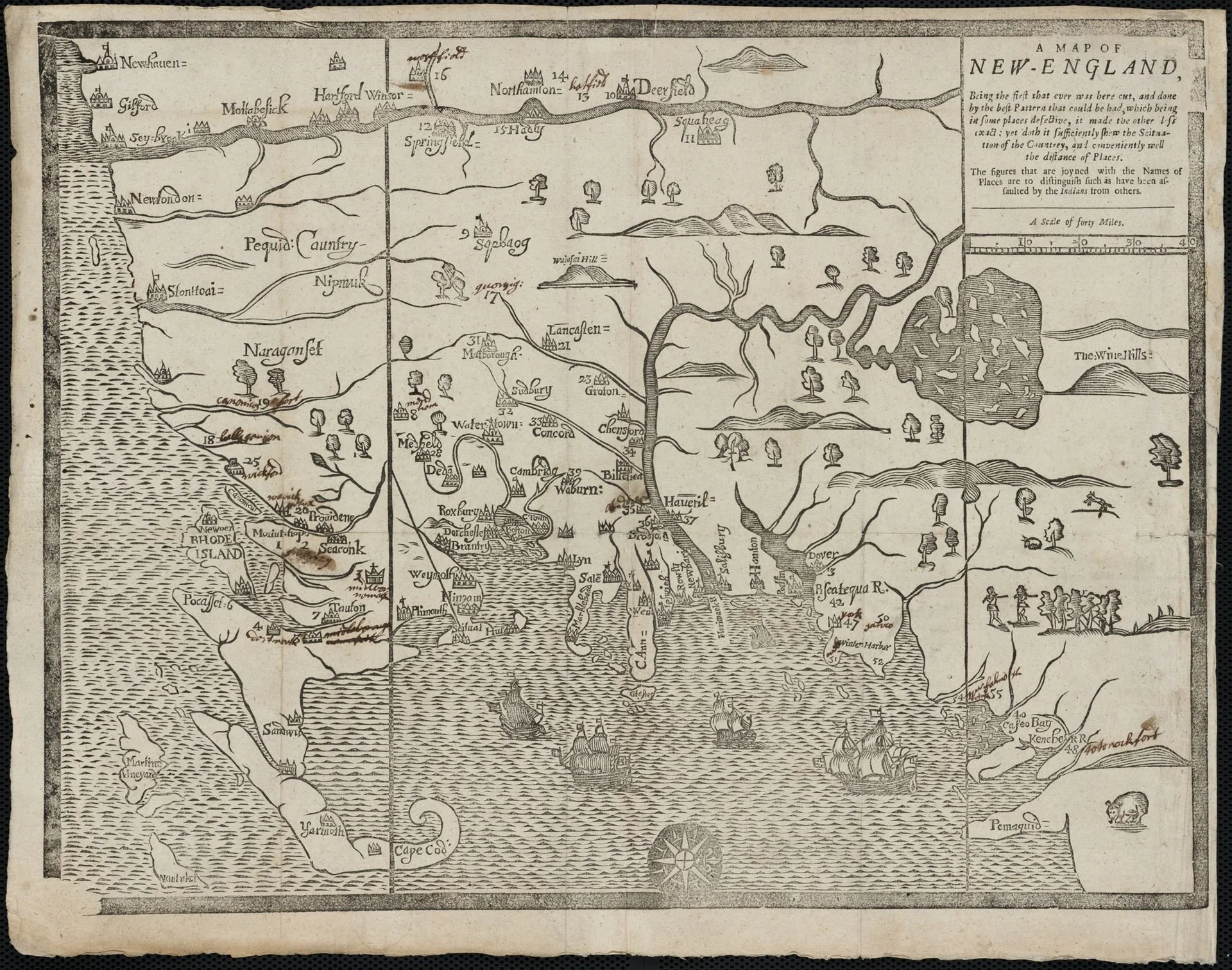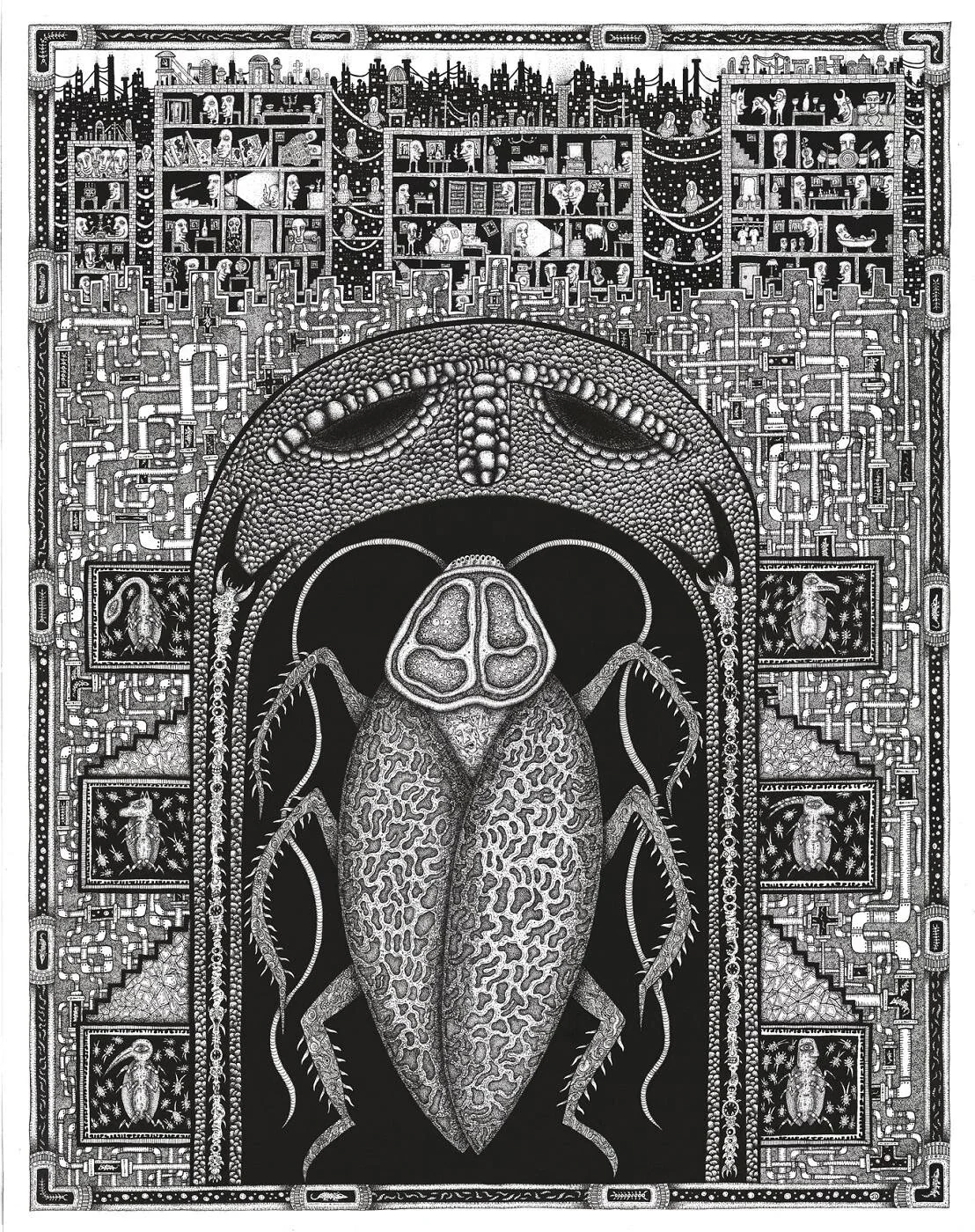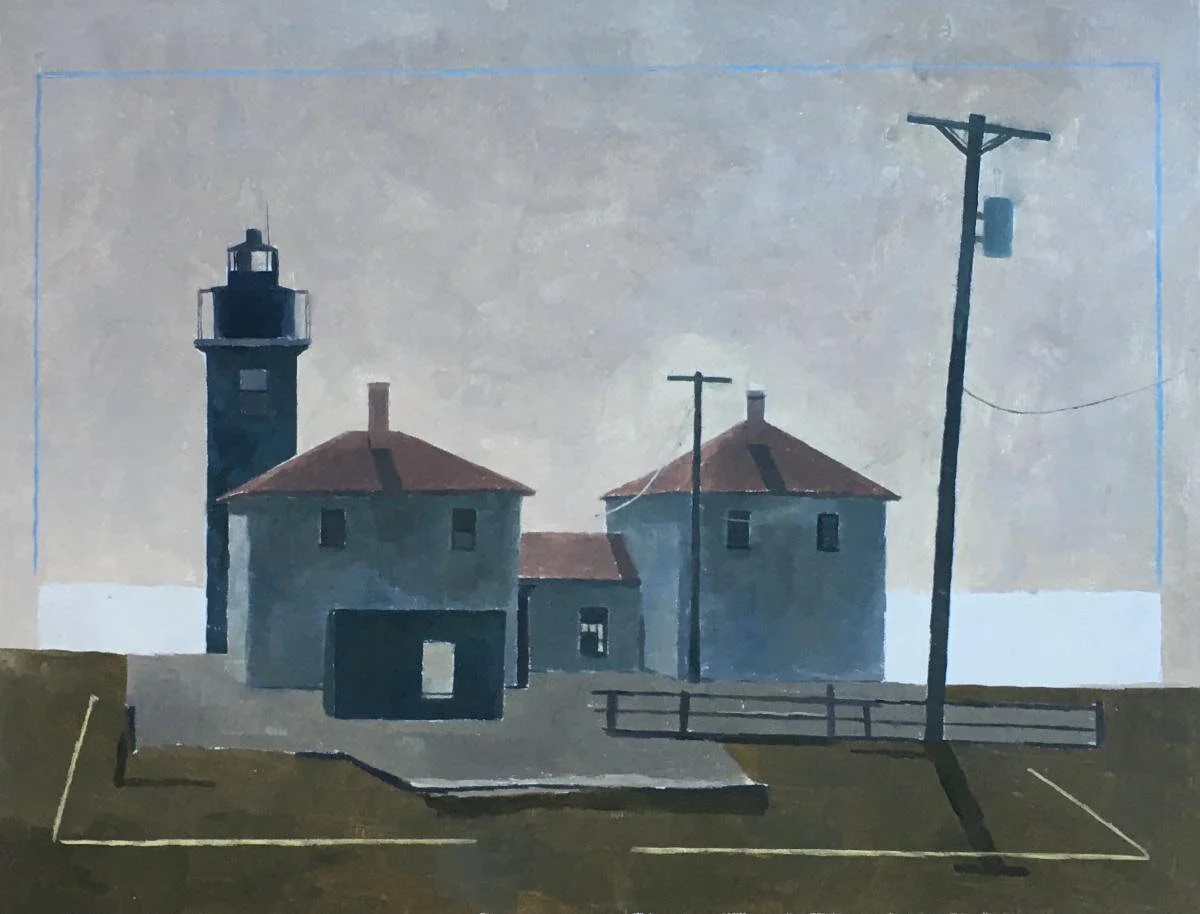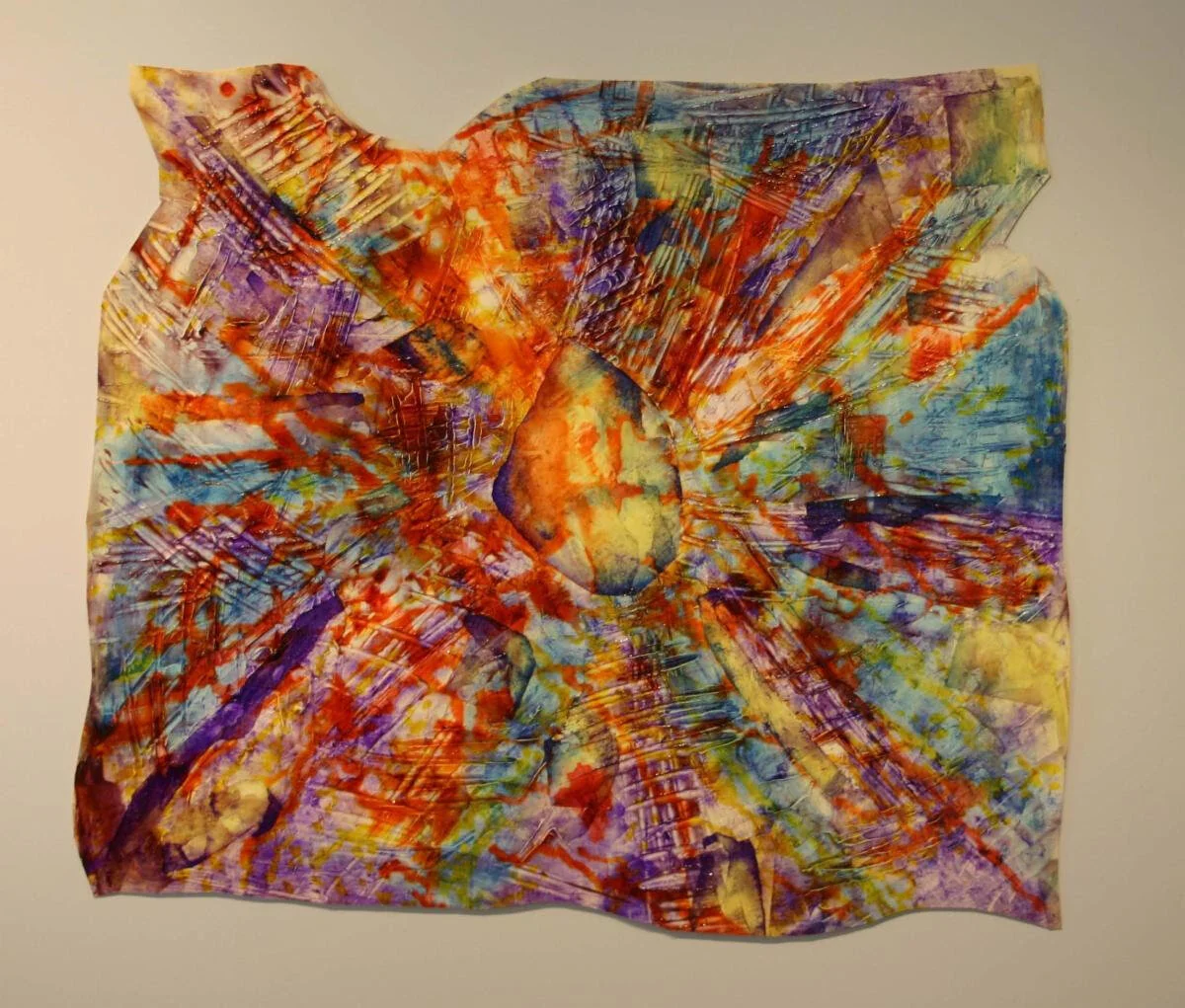
Monarch of metroland
“Citadel of the Roach Queen” (dip pen and India ink), by Worcester-based James Dye, in the New England XI, a regional juried exhibition, at Galatea Fine Art, Boston, Aug. 6-29. Mr. Dye grew up in Holden, near Worcester.
Holden Center
Off season
“At Noon,’’ by Niva Shrestha, in her show “Place,’’ at Galatea Fine Art, Boston, July 2-Aug. 1
She tells the gallery:
"Architecture has been the main subject in my work for the last nine years. From windows to rooftops, stairs to poles; every line and shape are intertwined creating movements and stillness. Thus, I paint with the inspiration from these places where wonderful and playful compositions are naturally formed. ‘‘
Elegant order
“Amaryllis” (archival photograph) by Carol Wontkowski, in her show “Blooming,’’ at Galatea Fine Art, Boston, June 4-27.
Ms. Wontkowski comments:
“‘The camera is an instrument that teaches people how to see without a camera.’
— Dorothea Lange
"My work reflects the beauty in common things. Though we live in a world marred by human influence, there is still order, design and beauty around us. It is my desire to capture the more tranquil and serene images of this world, mirroring their Designer.
“This is an amaryllis bud beginning to open. The process is both elegant and exciting to see. I captured this image just before it began to fully emerge to show its unusual process."
It's about time
“Momento “ (mixed media), by Cambridge, Mass.-based George Shaw, in his show “Ad Tempus,’’ at Galatea Fine Art, Boston, May 7-30
He says:
"Time and its measure appears to be central to our understanding of ourselves and existence itself. It all comes down to ticking away the moments to living in the moment and owning it.
“Ultimately our search comes down to attempting to grasp this floating nonexisting thing, this moment. Once it's in hand it slips away in an instant to the past, growing further away and less true by the moment.
“We walk through the forest of our life trying to name and understand everything and in the end miss being present.
“It's been said that the artist functions to among other things to stop time, to commit moments to eternity that human nature made tangible, which on its face seems improbable.’’
“{My} work is an continuing attempt to stop time and explore the idea of the moment.
“{I} continue to use various mediums, combined with various materials including wood, metal and glass, to create my paintings and sculpture.’’
Life in a square picture
“Candy Jar” (mixed media), by Boston-based artist Helen Canetta, in her show “Kodachrome Chronicles,’’ at Galatea Fine Art, Boston, April 2-May 2
The gallery says:
“The purchase of an old-fashioned Polaroid camera for her daughter led painter Helen Canetta to create this collection of abstract ‘snapshots.’
“‘Watching my daughter focus on and capture the little wonders of everyday life in a meaningful square picture inspired me to rediscover the magic and emotions surrounding us in all its glorious simplicity.’
“This collection was created during 2020, a year filled with momentous and complex events and emotions. Finding the simplicity and the beauty in everything that ‘is’ was a healing force and a successful coping mechanism to get through the year. It also filled Canetta with a renewed appetite for simplicity, minimalism and hope.’’
She's on the grid
”Fulfilled” (mixed media), by Shelley Loheed, in her show “Getting Answers:
/order_behind,’’ at Galatea Fine Art, Boston, April 20-May 2.
The Massachusetts artist says:
"The painting and drawing in this series investigate geometric designs derived from traditional patterns. Grids are the substructure of geometric art.
“I have been working with these patterns for some time. Narrowing my focus in this body of work to just the underlying grid.
“The grid becomes the center from which the image emerges out of creating the drawing's subtle underpinning, which gets revealed and obscured by fluid gestural improvisations. The series combines two modes of working. The grid's underlying order and the spontaneous layers of washes, splashes, and strong brushwork allow for the chance interplay of wet media and drawing.
“The subgrids are rarely shown in traditional art. They are considered part of the underlying structure of reality, the substrate of the cosmos. The paintings and drawings capture an image of a fraction of a second caught in an imaginary universe."
Good show for a stony region
“Water and Rocks” (print on aluminum), by Robin MacDonald-Foley, in her show “Seeing Stone,’’ at Galatea Fine Art, Boston, March 5-28.
She tells the gallery:
"Seeing Stone is a journey of exploration represented as a body of work inspired by forms and shapes found in nature. Uniting stone and stone’s relationships within the natural environment is my focus. Pairing sculpture and photography, these stone carvings and images play upon spatial relationships, intending to draw the viewer in. This work is a personal narrative, depicting the power, calm and permanence of stone.
“In my recent work, visualizing places becomes part of my sculpture. A carving of a vessel takes me on an inward journey navigating oceans and eroded facades etched in lichen stories noting the passage of time. Studying stone as an object, thoughts are captured as photographic impressions of rocks against a blue sky. Bound together by fate, they stand on their own, each central to my theme.
“My work is carved by hand in a steady rhythm of tool to stone, a challenging technique that enables me to bond with a piece over long periods of time. When its form emerges, history begins anew. Working with multiple pieces, I imagine how they connect in color and texture, allowing the placement of objects to redefine permanent qualities. Sometimes a polished finish brings the coloration of an alabaster carving to life, or a self-portrait becomes part of my setting. Sitting by the ocean, or sheltering in cave-like stone structures, my feet intuitively absorb Earth's undulating destinations. I sit quietly sharing time and space with the stone."
She lives in the town of Stoughton, south of Boston.
‘
Downtown Stoughton.
Downtown Stoughton in 1912. Even many small towns had streetcars then.
Words in the visual experience
“Make (In)Visible” (mixed media), by Boston area artist Cynthia Maurice, in her show “Cynthia Maurice: New Drawings and Prints,’’ at Galatea Fine Art, Boston, March 5-28.
She writes:
“Recently I came across an essay about a technique called ‘Cento’, used in the 1600’s. It refers to a method of clipping words to create poems. It struck me as what I was dreaming of doing. But I hesitated.
"For me, inserting words profoundly altars the quality of visual experience that I wish to honor. It was adding sound to the visual which I regard with reverence as an essentially a silent medium, much needed in these times of chronic noise. Tread lightly."
"Printmaking invites experimenting with techniques like collage and layering.
Recently I came across an essay about a technique called “Cento, used in the 1600’s. Simply translated from Latin as "patchwork garment. It refers to a method of clipping words to create poems. It struck me as what I was dreaming of doing. But I hesitated.
For me, inserting words profoundly altars the quality of visual experience that I wish to honor. It was adding sound to the visual which I regard with reverence as an essentially a silent medium, much needed in these times of chronic noise. Tread lightly." - Cynthia Maurice
Quarantine explosion
“Sunburst Energy (Force of Energy Series)’’ (mixed media), by Jeannine Hunter Lazzaro in her show “Colors, Shapes and Thoughts on Paper,’’ at Galatea Fine Art, Boston, Feb. 5-28. She lives in North Attleboro, Mass.
She says:
"This show contains works on paper done during the quarantine and focusing on – colors, shapes, energy, and time. After working on canvas for a while, I began to create work on paper. I have often vacillated among a variety of surfaces in my work. The truth here though is that I ran out of canvas during this quarantine. The way that various materials I use, react on paper is entirely different than they do on canvas.
“Long ago, in trying to characterize my work in a very brief description, I found myself say-the lines belong to everyone, but the colors are all mine. In some ways my work has its own spirit. What I mean is that the paintings get done with my intervention and manipulation, which is derived from the experiences I have had. Colors mix or simply bump into one another creating a drama all their own.
“I would say the same thing about the shapes that arise in my work. I employ several methods to allow them to create themselves and I embellish or diminish where I feel I need to. I like to say that I have come to know life through my art. Time, for instance is a construct. We often think about time as a concrete thing, a dimension. However, like a shape in one of my paintings it is just there because we say it is. I have heard it said -there is no such thing as time, only words.
“Energy can be good or bad. But what if we think of it as only good? The idea that something good happens out of everything compels me to feel positive at times when it may be hard to maintain a positive outlook. The recent Covid19 quarantine for instance, forced people inside to find ways to cope and be with each other. This was happening at a time when a lot of people were existing in an ‘outside’ media-related existence. We are also learning how important the sense of touch is.’’
This is the weird Angle Tree Stone, an historic boundary marker astride the border of North Attleboro and Plainville, Mass.
The slate marker was built in 1790 by a father-and-son team of gravestone makers. The stone was added to the National Historic Register in 1976. The stone replaced the "Angle Tree" from the 17th Century, which was a surveying landmark for the boundary between Bristol and Norfolk counties. The county border is a straight east-west line coming from Cumberland, R.I., to the site of the tree (now the stone) and then turning at an angle (hence the "angle tree" designation) and running in a straight line from there almost to Massachusetts Bay near Cohasset.
The unexpectedly modern North Attleboro Town Hall
From 'Fantasy to Reality': The Florentine effect
”A Rising Up” (acrylic on sculptured board), by Norman Finn, in his show “Virtue Voyage From Fantasy to Reality … With a Possible Return,’’ at Galatea Fine Art, Boston, Feb. 5-28.
He says:
"Somehow or other through a quirk of fate, I became involved in the footwear industry, triggering a career fusing the shoe business with my artistic ability. The end result was a successful women’s fashion designer, a creative designer for my own company, and my own footwear firm working on three continents.
My art world was shaped when as a family we lived in Florence, Italy where I worked as a designer and was exposed to the wonders of the Renaissance. Italian paintings and a collection of Buddhas became an integral part of my life.
My painting style is evolving daily as the experience of my fashion background appears on every canvas.
The pandemic brought me confusion and peace at the same time. The world was upside down but I found solace in my studio painting fantasy and reality.’’
Heroic trees
“Willow Heights Trail #2’’’ (gouache on panel), by Vicki Kocher Paret, at Galatea Fine Art, Boston, Jan 8-31
The Cambridge-based painter says:
"My hero: nature, trees, pretty much the natural world. It has the power to support and heal the environment, and provide peace and spiritual healing with its endless diversity and beauty. It inspires and I strive to capture these powers in my paintings."
Maternal mysteries
“Mother Courage” (onion skins, mixed media), by Marsha Nouritza Odabashian, at Galatea Fine Art, Boston, Jan. 8-31, in the “Heroes and Villains” show.
Manfred Wekwerth and Gisela May during rehearsals of Mother Courage and Her Children (1978). The play was written by the German playwright Bertolt Brecht (1898-1956), a Communist.
So don't stand underneath when I angrily fly over
“Everybody's Talking At Me’’ (oil on copper), by Brookline-based Nora Charney Rosenbaum, at Galatea Fine Art, Boston, Jan. 8-31.
Official seal of Brookline. The Muddy River is a series of brooks and ponds that runs through sections of Boston's Emerald Necklace, including along the southern boundary of Brookline, a town that went by the name of Muddy River Hamlet before it was incorporated, in 1705.
‘Find a route’
“Dust to Dust” (alcohol Inks and Ink on Yupo) by James C. Varnum, in his show “Worlds Apart,’’ at at Galatea Fine Art, Boston, in December.
He writes:
"Come explore ‘Worlds Apart,’’ where there are relationships and connections among and within the paintings. Explore the terrain created by the textures and mark making. The lines on the painted work emphasize a topography that I’ve imposed. These patterns, symbols and maps will be discovered as you embark on a journey into the paintings. Stay awhile. Travel around. Flow through. Find a route that takes you where you want to go."
See:
galateafineart.com
Mr. Varnum grew up in southern New Hampshire and his gallery is in Arlington, Mass.
'Help the universe be cool'
“Garden of Love’’ (woodblock print), by Patrick Casey, in his show at Galatea Fine Art, Boston, Dec. 4-Jan. 3.
He tells the gallery:
"Speculative narratives in woodcut explore who we are in the age of the Internet and imagine what we may become as the dawn of the post-human era approaches. I am interested in the surge of relationships with technology and the recession of face-to-face interaction. Like our changing notions of intimacy, privacy, and friendship, our ideas of identity, sentience, death and life may become irresolute due to advances in computation technology. Essential is a willing suspension of disbelief combined with the freedom to speculate and invent, as well as a desire to help the universe be cool."
See:
galateafineart.com
Getting at the sense of doom
“Gates of Hell’’ ( mixed media diptych), by James C. Varnum, of Newton, Mass., in the show “Subtle Recognition: Mirrors of Contemplation,’’ at Galatea Fine Art, Boston, though Oct. 31.
He tells the gallery:
“These two paintings represent my feelings toward the outside world during the pandemic. While Parallel was completed earlier, it reflects the duality of opinions about the severity of COVID 19 and attitudes toward public health and community. ‘Gates of Hell ‘was completed in March. It is bleak and expresses my sense of doom felt during some periods this spring. I experimented with materials, tools and palette to keep some sanity."
See:
galateafineart.com
'Three aspects of time'
“Under the Juniper Tree’’ (encaustic) by Boston-based painter Lola Baltzell, in the “Brilliance and Celebration” show at Galatea Fine Art, Boston, through Oct. 31. She is a member of New England Wax (newenglandwax.com).
She says:
"This piece represents the past, the present and the future. Three panels, three aspects of time. Mostly I try to stay in the present. I feel like a refugee who has fled the homeland. I now live in a world that feels so foreign. The past — does it exist? It feels like ‘the old world’: The future? I'm trying to hold a sense of possibility."
The gallery says: “Lola Baltzell's works are uninhibited, yet carefully structured. It is not imposed, but appears as a reflection of natural order. Microbes, cells, direction of energy all serve to inform the surface of her works.’’
See:
galateafineart.com
Memory of other trees
“Under the Hemlocks in Paper Mask” (photo), by Robin MacDonald-Foley, at Galatea Fine Art, Boston
The gallery says:
“Robin MacDonald-Foley’s self-portrait was staged in her backyard holding her photograph, “Cathedral in the Woods.’’ The paper mask was constructed from a print of her photograph. Being under her hemlocks in the shadows of the day reminded her of this canopy of forest trees on Peddocks Island, in Boston Harbor, which she regards as her cathedral. The fragility, strength, and shelter of her trees became a place of comfort for Robin. She feels it’s as close as she'll get to her favorite national park for the time being.’’
She lives in Stoughton, Mass.
See:
galateafineart.com
and
http://robinjmf.com/
National Parks Service map
Iceland's 'light caresses the landscape'
"Fjord" (triptych), (fiber), by Agusta Agustsson, in her show “Northern Light,’’ at Galatea Fine Art, Boston, Nov. 6-29.
The Melrose, Mass.-based artist says:
“Beyond the Northern Lights the light in my native Iceland is special. Colors are brighter. Even on an overcast day (of which there are many) the light caresses the landscape. The landscape is like nowhere else on earth. Volcanic cliffs march into the sea. Great gouges appear out of nowhere. Glaciers grind the rock beneath their massive weight. Strange shapes hide in the lava fields. Gouts of steam and boiling water spout from fissures in the earth. The land is painfully new.’’
The Gazebo at Ell Pond Park, Melrose
Photo by Elizabeth B. Thomsen
Out from our caves
“Contagion” (mixed media and collage), by Carolyn Newberger, in the group show “Light From Above: Emerging Out of Isolation,’’ at Galatea Fine Art, Boston, through Oct. 31.
See:
galateafineart.com




























